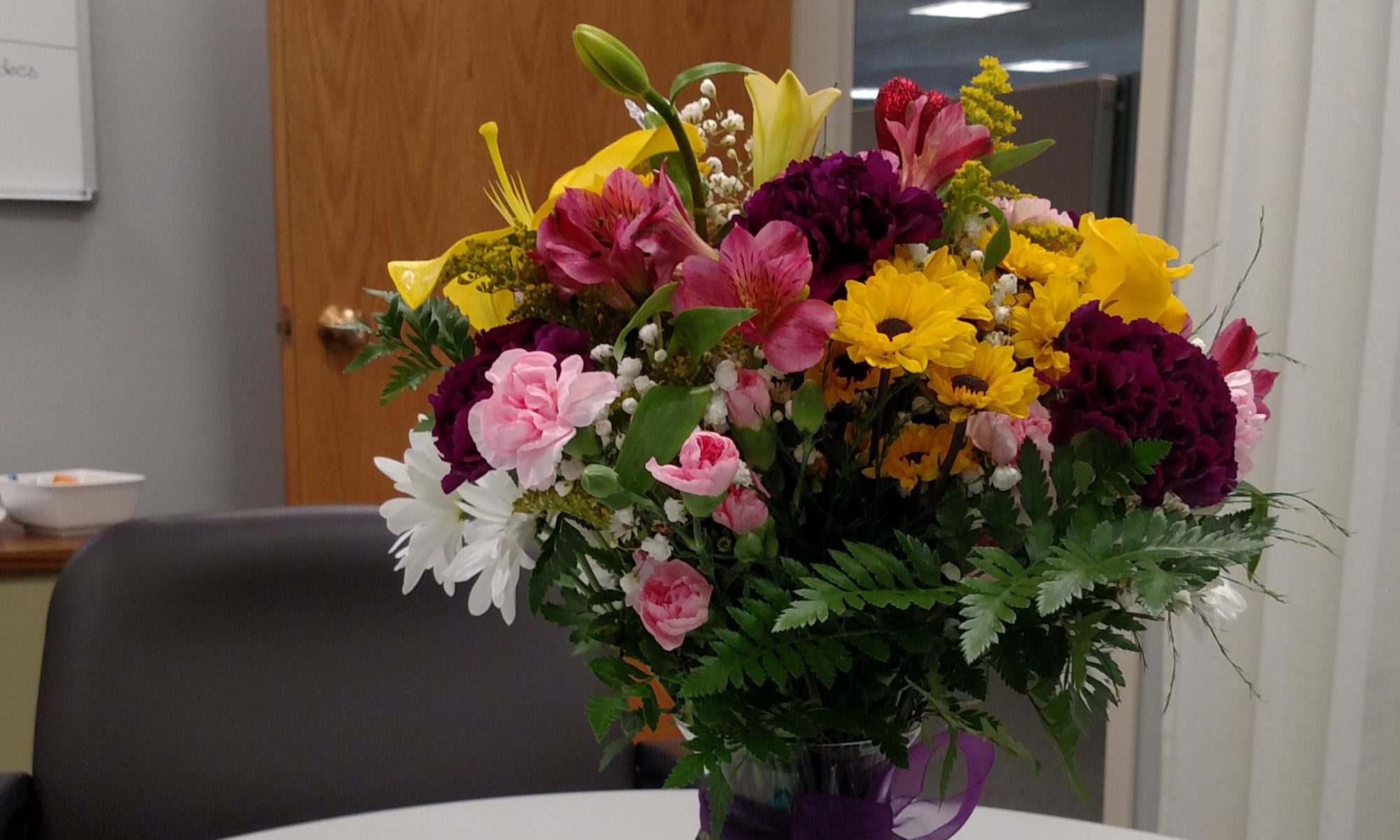I talk about space a lot. It confuses my coach. I say – I want more space in my life. I want more space around this task. I’m looking to add space.
“Wait,” she asks. “Are we still talking about work?”
I learned to think about time in terms of containers by reading Julie Morganstern’s book, Time Management from the Inside Out. She’s a professional organizer who translated cleaning out closets into a theory of time management. Now, I think about work in the same way.
Julie asserts that the size of a closet is finite. You get so many cubic feet and that’s it. At some point, you can’t put any more in. I like to add an addendum to that – within the space allowed, you have a finite amount of items you can put into your closet while still allowing enough room around them to keep the closet usable. Usability is flexible. There’s a maximum amount of usability – one item per shelf – and a minimum amount of usability – I can only take out the last thing I shoved in there.
When you get the most amount of items in the closet and can still use them all easily, you’ve right-sized your space. When you hit that, you can maintain order in your space easily for years.
Right-sizing your work is the process of shoving work back into the time allowed, or fluffing it out so that it fills your time nicely. Right-sizing your work is how you build for long-term endurance. Like managing an amazing pantry it’s a balancing act of things you really need and stuff you want to add in – and it’s totally possible.
Why Right-Size?
- Make sure you get to do the things that matter to you
- Ensure that you deliver peak performance at work, at an advantage to yourself.
- Because life is better when you’re not exhausted & missing out
- Because life is better when you’re not beating yourself up for things you didn’t do
- To maximize your experience of work and life.
Are we still talking about work? I have a broad definition of work, as you might guess. I love work and so, I don’t groan thinking about adding in more. For me, work is anything you do, on purpose, to accomplish a return on investment.
What is Right-Sizing Work?
We all overwork and underwork in our lives. Some people overwork at their day-job. Some people underwork. Some people have side hustles they overwork. Some underwork at their small business. We invest time in relationships for a return of connection. Are you overworking or underworking that? What about your personal tasks?
When you overwork right-sizing means keeping work small enough to avoid diminishing returns – which occur when you are exhausted and it takes longer to deliver the same result. It also means making work fit inside the time you are willing to exchange for it.
When you underwork right-sizing means keeping work large enough to deliver returns on your investment. If you spend a lot of time worrying about work you aren’t doing, that’s a sign you are underworking. In this case, you want to focus on consuming the time you are willing to invest.
Is all this starting to sound like planning? It’s more than that.

How to Right Size your Work
- Create positive boundaries – set cut off times that allow for real benefits, recognize and celebrate all that you accomplish.
- Set clear objectives for small blocks of time. Don’t plan to “work on a report”. Instead, plan to “create the first draft of my quarterly budget slide dec”.
- Be willing to cancel, disappoint people and say no. When you overwork, you’re used to doing this to your friends. Be willing to do this with meetings and favors. When you underwork, you’re used to canceling on your work plans. Be willing to cancel on friends.
- Have clear priorities. You’ll never get it all done. At least I hope not. So the only way to know which results to schedule is to have priorities. They also help you say no. A lot.
- Plan daily and weekly at the very least. The weekly planning session is where you face the hard fact about the space you have in your week for the things you want to do. Don’t make this about perfect, make this about learning. Plan your week, then at the end, review your progress. Adjust the next week’s plan. The daily planning session is where you quickly move tasks or time when the world throws you a curve.
- Be kind to yourself. Always, always – this is the most important thing. It’s not about getting a A in planning, it’s about building a life that’s right for you, in every way.

And that? Is just a beautiful way to live.

